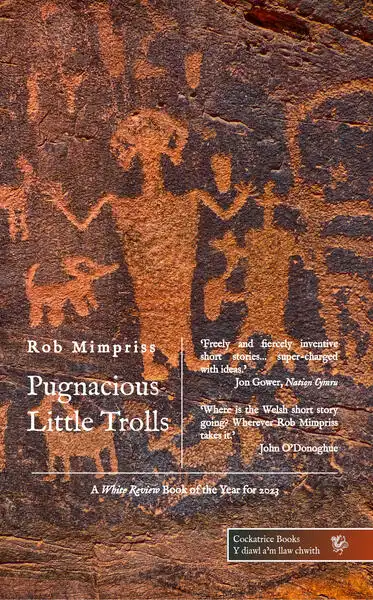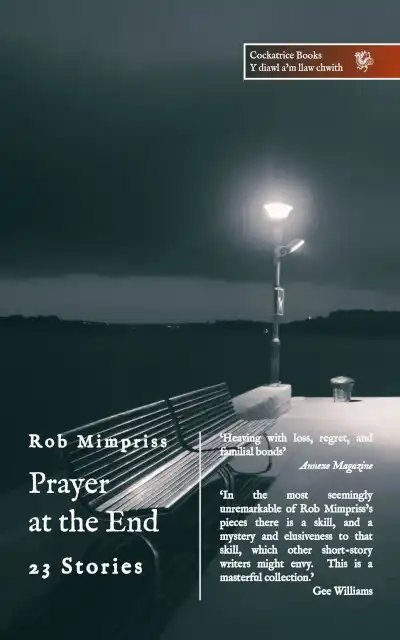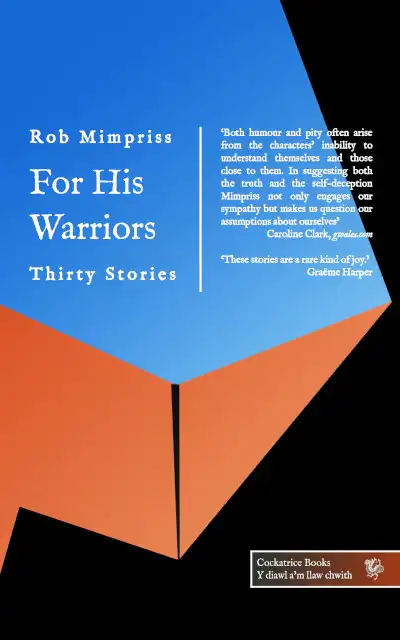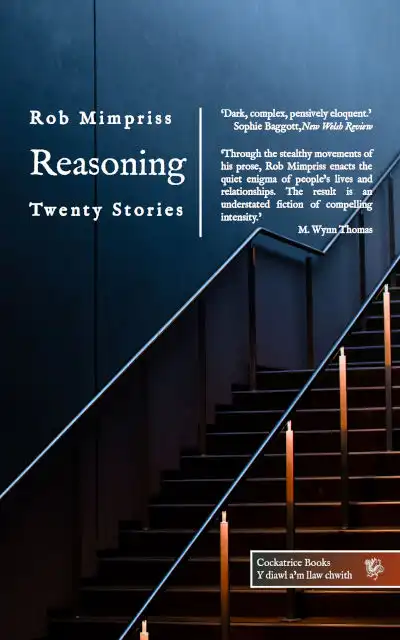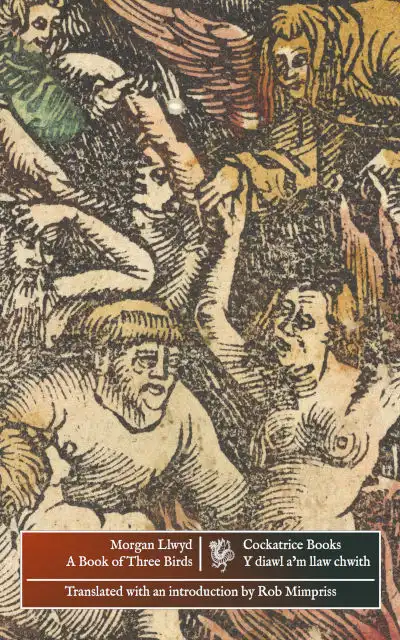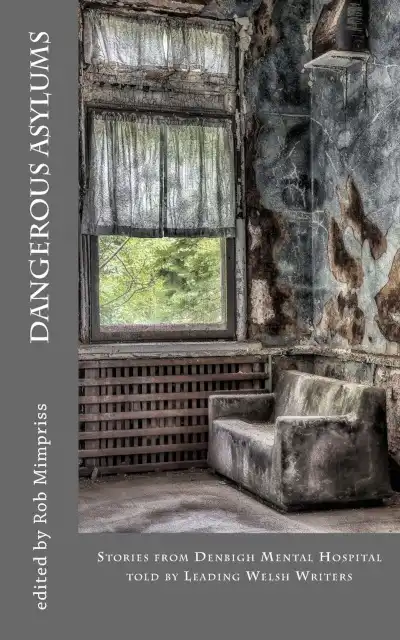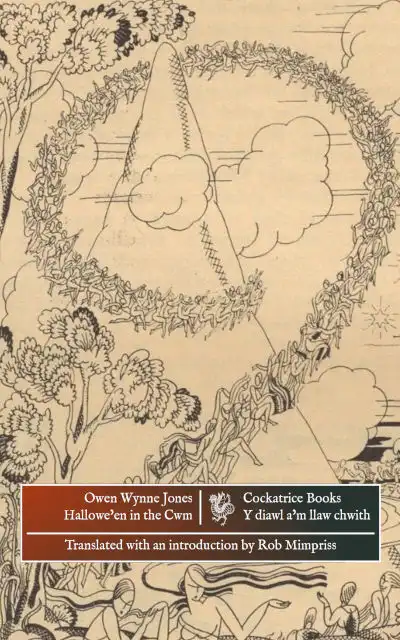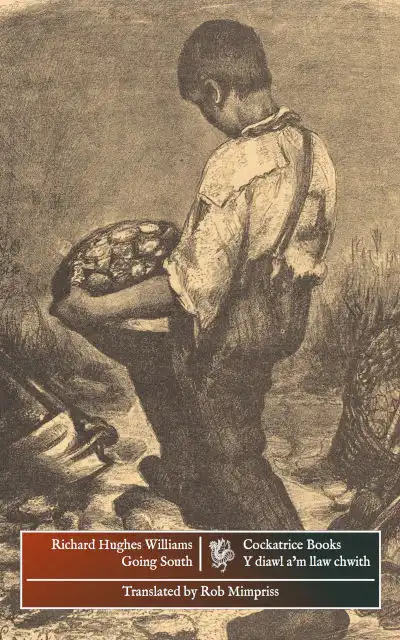The digital arts festival, Blinc Digidol, was held in Conwy, 25th-26th October 2013. This review appeared in New Welsh Review 101 (Autumn 2013) online.
When Kim Howells, Labour MP for Pontypridd, was Undersecretary of State for Culture, he made a comment that struggling theatres should broaden their appeal, and attract more paying customers with popular films and laser shows. Kim Howells, who attacked the Turner Prize as ‘bullshit,’ always seemed to assume that elitist art and populist culture were at loggerheads, so I found myself wondering what he would have made of Blinc Digidol (Conwy, 25th-26th October), an arts festival combining a laser show with film and video art, and what the people of Conwy would make of its use of their public spaces.
Blink, and Conwy is gone. Its restaurants and gift shops fit within Edward I’s town wall, but there is a nearby marina and a golf course, and trains stop sometimes if you ask nicely. The art gallery is apologetically Cambrian but proudly Royal, and pays the price with occasional showings of paintings by Prince Charles. Holidaymakers consider the town worth an afternoon trip from Llandudno.
For a town gripped by the excitement of digital culture it seemed rather dark and quiet when I arrived on Friday night. Empty marquees filled the carpark inside the town wall, ready for the food festival beginning the following day, and attendants loitering nearby in fluorescent jackets gave the impression that others were not encouraged to loiter. I followed echoes of music. A video of bees swarming, projected onto a chapel front, was played and played again to an empty side street. ‘But Mummy,’ a child said, ‘what’s it for?’ A middle-aged couple stopped to take a snapshot or two, chuckled indulgently at it all, and went their way.
The crowds were concentrated on the waterfront, where a line of food stalls served exotic meats and local beers, and where a knot of people watched good-naturedly while a pre-recorded Menna Elfyn, more terrifying in her absence than in the flesh, read the words neatly appearing on the castle wall. An animated pumpkin bounced into view, as cheerfully unscary as a Harry Potter film; witches flew past on broomsticks, cackling, and ghosts made whooshing noises. A video was vaguely annoying about a woman in a floaty white dress, but none of us rioted, and a rather subtle and ingenious animation by Sean Vicary and Steve Knight impressed me so much that I remember their names. Sound and projection were both immaculate, and behind us the laser show made a cage of the sky. Anthony Hopkins read ‘Do Not Go Gentle,’ and then we were back with the pumpkin again. ‘She’s not the right one, mate,’ a passing teenager said to his friend. ‘If she was, she wouldn’t have done it, would she?’ I think Kim Howells would have liked the ostrich burger best.
Elsewhere, a speech synthesiser scratched out lines by Dylan Thomas, but struggled with the Welsh of John Rowlands. A motion detector used passers by to animate a mediaeval danse macabre. A small carpark housed a second projector supervised by young men in gratuitous hats, where quietly disturbing images played themselves out to a background of quietly disturbing sound effects. A boiling egg, blood, a Rorschach blot... I have a particular horror of Rorschach blots... The mobile cinema was very comfortable, and a film by Kika Nicolela had a less attentive audience than it deserved. The lad in the fluorescent jacket seemed grateful just to rest his feet. ‘But, Mummy,’ a child said, ‘I simply must have a pony.’
I felt I'd seen and heard about enough.




